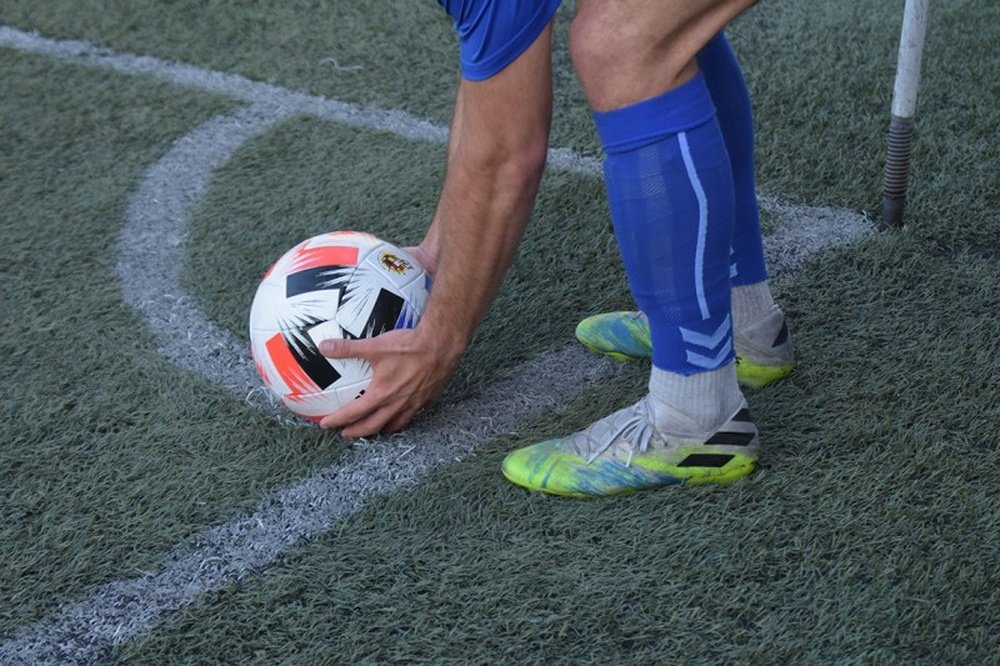How can soccer players benefit from compensation in the case of an accident in the UK?


Some of these players have no current return date. In contrast, others are expected to return only in 2026, considering serious knee injuries, which are some of the most frequent but detrimental accidents in the industry.
Most injuries take at least six months to heal and can last up to a year before the player returns to full capacity. While rehabilitation and physiotherapy are effective in managing pain, other cases require surgery, which can leave the player in recovery for longer.
Luckily, most players receive support from insurance companies to cover injury risks, as clubs
are aware of how easy it is to have an accident during a match. However, this is not enough in some cases, and compensation is required when others breach their duty of care. Let’s see how that works.
Generally, an injury claim involves an individual using a solicitor’s services to receive compensation from the other party who was responsible for their injury. In football, players receive protection from their coaches and clubs, but there are many other people accountable for making the match go smoothly. Operators must ensure that all safety precautions are taken, having a duty of care. But when they’re negligent, and this directly results in a player’s injury, this can be the case of an injury claim.
Therefore, teams should know how the NHS negligence payouts are calculated when it comes to claims that include injuries from a poorly maintained pitch, bad tackles, or assaults by other members of the team. This also separates general damages (physical pain and mental harm) from special damages (lost earnings or medical costs).
The nature of the sport makes players susceptible to various accidents that lead to injuries like:
Sprained ankle due to running on uneven surfaces and changing directions suddenly, overstretching the ligaments around the ankle joint;
Hamstring strain happens when the player changes the pace too quickly but lacks strength or proper stretching, overloading the hamstring;
A groin strain is located at the inner thigh muscles when the player is on the pitch, kicking, twisting, or running;
ACL (anterior cruciate ligament) injury usually happens during a tackle or when the player lands a jump while in motion, as the lower leg is planted while the upper part moves;
There are numerous other types of injuries, some more easy to manage than others. In several cases, footballers require surgery to fix the issue, and some might never be able to play the game again.
Both players and fans often underrate the considerable strain of running around for 90 minutes. Considering that one player can be substituted at a time, most issues in this game include leg ligaments. Many players are involved in such occurrences often, and they want to play as soon as possible. However, they omit the necessary steps of recovery, worsening their condition and preventing the body from properly healing.
The ongoing traumas will eventually catch up to the player, which is why the average age for retirement is around 35. This is also the case for career-ending injuries, which was the case for Luc Nilis, the former Aston Villa player who broke his leg following a clash with Richard Wright from Ipswich Town.
Preventing injuries in this sport can be quite challenging due to the unexpected nature of the high-activity movements. However, strategies like stretching can considerably improve a player’s injury risk since they can improve blood flow and joint mobility, decreasing the incidence of injuries.
Having more muscle-tendon flexibility enhances a player’s range of motion, so using a combination of static and dynamic stretching prepares the muscles for exertion. Tight muscles from not stretching enough are prone to strains and sprains, so stretching before and after every game is vital.
There’s an increasing need for injury risk assessment through pre-season screening, periodic check-ups and load management in a tailored manner so that each player receives proper guidelines on how to train. The technology could be useful in this direction, with tools like:
GPS devices that players can wear during training and matches to gather important information on running speeds and movements, revealing patterns;
Wearable sensors monitor a player’s heart rate, body temperature, and muscle activation to help identify signs of fatigue or overtraining;
Machine learning software can identify patterns to generate injury risk models and provide medical staff with in-depth data to assist players in their recovery journeys better;
Nutrition plays an essential role in every player’s career, not only by helping them be in good shape. Players who fuel their bodies with the right amount of vitamins and minerals can give their best performance, as these elements ensure a lowered risk for fractures and breaks. Good nutrition includes:
Carbohydrates and protein to supply amino acids and faster damage repair;
Calcium and vitamin D to keep the bones strong;
Essential fats to reduce inflammation and provide enough energy;
Hydration helps increase endurance and decrease fatigue;
However, each player has different nutrition needs, which is why consulting a professional is important. Eating just the right amount of vitamins, whether from natural foods or supplements, contributes to fewer accidents and more matches won.
Accidents that lead to injuries are pretty common in the soccer industry, as the continuous movement on the field strains the muscles. While some players suffered career-ending injuries, others had to recover for at least six months before returning to the game. Some of these accidents can happen due to someone’s breach of care, which is why players can ask for compensation.